- Joined
- Apr 29, 2015
- Messages
- 18,416
- Likes
- 56,946
Dedicating the thread India's upcoming probes for studying the Sun, here, we do start with Aditya L-1.
The Aditya-1 mission was conceived as a 400kg class satellite carrying one payload, the Visible Emission Line Coronagraph (VELC) and was planned to launch in a 800 km low earth orbit. A Satellite placed in the halo orbit around the Lagrangian point 1 (L1) of the Sun-Earth system has the major advantage of continuously viewing the Sun without any occultation/ eclipses. Therefore, the Aditya-1 mission has now been revised to “Aditya-L1 mission” and will be inserted in a halo orbit around the L1, which is 1.5 million km from the Earth. The satellite carries additional six payloads with enhanced science scope and objectives.

The project is approved and the satellite will be launched during 2019 – 2020 timeframe by PSLV-XL from Sriharikota.
Aditya-1 was meant to observe only the solar corona. The outer layers of the Sun, extending to thousands of km above the disc (photosphere) is termed as the corona. It has a temperature of more than a million degree Kelvin which is much higher than the solar disc temperature of around 6000K. How the corona gets heated to such high temperatures is still an unanswered question in solar physics.
Aditya-L1 with additional experiments can now provide observations of Sun's Photosphere (soft and hard X-ray), Chromosphere (UV) and corona (Visible and NIR). In addition, particle payloads will study the particle flux emanating from the Sun and reaching the L1 orbit, and the magnetometer payload will measure the variation in magnetic field strength at the halo orbit around L1. These payloads have to be placed outside the interference from the Earth’s magnetic field and could not have been useful in the low earth orbit.

The main payload continues to be the coronagraph with improved capabilities. The main optics for this experiment remains the same. The complete list of payloads, their science objective and lead institute for developing the payload is provided below:
Visible Emission Line Coronagraph (VELC): To study the diagnostic parameters of solar corona and dynamics and origin of Coronal Mass Ejections (3 visible and 1 Infra-Red channels); magnetic field measurement of solar corona down to tens of Gauss – Indian Institute of Astrophysics (IIA)
Solar Ultraviolet Imaging Telescope (SUIT): To image the spatially resolved Solar Photosphere and Chromosphere in near Ultraviolet (200-400 nm) and measure solar irradiance variations - Inter-University Centre for Astronomy & Astrophysics (IUCAA)
Aditya Solar wind Particle Experiment (ASPEX) : To study the variation of solar wind properties as well as its distribution and spectral characteristics – Physical Research Laboratory (PRL)
Plasma Analyser Package for Aditya (PAPA) : To understand the composition of solar wind and its energy distribution –Space Physics Laboratory (SPL),VSSC
Solar Low Energy X-ray Spectrometer (SoLEXS) : To monitor the X-ray flares for studying the heating mechanism of the solar corona – ISRO Satellite Centre (ISAC)
High Energy L1 Orbiting X-ray Spectrometer (HEL1OS): To observe the dynamic events in the solar corona and provide an estimate of the energy used to accelerate the particles during the eruptive events - ISRO Satellite Centre (ISAC)and Udaipur Solar Observatory (USO), PRL
Magnetometer: To measure the magnitude and nature of the Interplanetary Magnetic Field –Laboratory for Electro-optic Systems (LEOS) and ISAC.
With the inclusion of multiple payloads, this project also provides an opportunity to solar scientists from multiple institutions within the country to participate in space based instrumentation and observations. Thus the enhanced Aditya-L1 project will enable a comprehensive understanding of the dynamical processes of the sun and address some of the outstanding problems in solar physics.
Overview:Aditya (Sanskrit: आदित्य, lit: Sun,[3]pronunciation ) or Aditya-L1 is aspacecraft whose mission is to study the Sun. It was conceptualised by theAdvisory Committee for Space Researchin January 2008.[2] It has been designed[4] and will be built in collaboration between Indian Space Research Organisation (ISRO)[2] and various Indian research organizations and will be launched by ISRO around 2019-2020.[5] This will be the first Indian space mission to study the Sun, and also the first Indian mission to be placed at Lagrangian point L1[6] -- far away from the Earth from where continuous solar observations are possible. Only NASA and ESA have successfully placed satellites at the L1 point as of date. An experimental budget of 3 Crore INR has been allocated it for the financial year 2016-17.[7]
Aditya-1 is a solar mission. It was initially envisaged as a small, Low-Earth Orbiting Satellite with a coronagraph to study the million-degree solar outer atmosphere known as the solar corona. Subsequently, the scope of the mission has been enhanced and it is now planned to be a comprehensive solar and space environment observatory to be placed at the Lagrangian point L1. This enhanced mission named Aditya-L1 has recently been approved by the Government of India.
A Satellite placed in the halo orbit around the Lagrangian point L1 of the Sun-Earth system has the major advantage of continuously viewing the Sun without any occultation/ eclipses. The Aditya-L1 mission will be inserted in a halo orbit around the L1, which is 1.5 million km from the Earth. The satellite carries a total of seven payloads with diverse objectives, including but not limited to, the coronal heating problem, solar wind acceleration, coronal magnetometry, origin and monitoring of near-UV solar radiation (which drives Earth's upper atmospheric dynamics and global climate), coupling of the solar photosphere to chromosphere and corona, in-situ characterizations of the space environment around Earth by measuring energetic particle fluxes and magnetic fields of the solar wind and solar magnetic storms that have adverse effects on space and ground-based technologies.
30 characters rule.The outer layers of the Sun, extending to thousands of km above the disc (photosphere) is termed as the corona. It has a temperature of more than a million degree Kelvin which is much higher than the solar disc temperature of around 6000K. How the corona gets heated to such high temperatures is still an unanswered question in solar physics with far reaching implications for the heating of stellar atmospheres and magnetic reconnection or wave induced plasma phenomena across the Universe. Aditya-L1 with additional experiments can now provide observations of Sun's Photosphere, Chromosphere and corona. In addition, particle payloads will study the particle flux emanating from the Sun and reaching the L1 orbit, and the magnetometer payload will measure the variation in magnetic field strength at the halo orbit around L1. These payloads have to be placed at a location with minimal influence from the Earth’s magnetic field which could not have been achieved at the low earth orbit.
Kumar added that ISRO would soon launch Aditya-L1, a scientific mission for solar studies. "The major objective is to study solar corona and achieve fundamental understanding of physical processes that heat the corona, accelerate solar wind and produce coronal mass ejection (CMEs)."
Aditya-L1 would be put into halo orbit which is 1.5 million km from the Earth. It would carry additional six payloads with enhanced science scope and objectives. Scheduled to be launched in 2019-20 from the Satish Dhawan Space Centre in Sriharikota, the spacecraft "aims to answer fundamental questions in solar physics by studying dynamic processes on the Sun".
Plasma Analyser Package for Aditya (PAPA) payload for the Aditya-L1 mission aims at studying the composition of solar wind and its energy distribution continuously throughout the mission’s life time. PAPA contains two sensors: Solar Wind Electron Energy Probe (SWEEP) to measure the solar wind electron flux and Solar Wind Ion Composition AnalyseR (SWICAR) to measure the ion flux and composition as a function of direction and energy. Data from PAPA would provide detailed knowledge of the solar wind condition with high time resolution.

I told you earlier. Atleast change your name to "TO BE PAPA" now...............Aditya-L1 Mission
Plasma Analyser Package for Aditya (PAPA)

Name of the payload is PAPA! LOL :biggrin2:
Hoping that it's proved to be "Papa" of capabilities of many space agencies as well.



The original Aditya - L1 mission was conceived as a small satellite in a ~800km orbit carrying one payload to study solar corona. The mission has been enhanced and termed as Aditya-L1 mission carrying seven payloads, which was approved in 2015. It is scheduled for launch during 2020 timeframe by PSLV-XL.
Aditya-L1 can provide observations on the corona and in addition can provide observations on the solar chromosphere using an UV payload and on the photosphere and flares using X-ray payloads. These payloads taken together are expected to provide a comprehensive understanding of how solar flares originate and propagate. In addition, the charged particle detectors and the magnetometer payloads can provide information on charged particles and the magnetic field which emanate from the eruptive events. To enable this, the Aditya L1 spacecraft is to be placed in a halo orbit around the Sun-Earth Lagrangian point 1 (L1) which is about 1.5 million km from the Earth.
Source: ISRO's Annual Report 2016-17Baseline Design Review (BDR) for all the mechanisms is completed. MoUs were signed with IIA and IUCAA for the development of Visible Emission Line Coronagraph (VELC) and Solar Ultraviolet Imaging Telescope (SUIT) payloads. Design and development of all the payloads are in progress. The Preliminary Design Review (PDR) is expected to be completed by December 2016.
PRL is also developing instruments for 'Aditya-L1 mission', which is aimed at studying the Sun through a satellite placed in the halo orbit around the Lagrangian point 1 (L1) of the Sun-Earth system, said Bharadwaj. An instrument for the measurement of charged particles has also been developed, he said.
"With this instrument, we will be able to study solar winds, charged particles and its energy range," said Bhardwaj. As per ISRO (Indian Space Research Organisation) the website, the satellite will be inserted in a halo orbit around the L1, which is 1.5 million kms from the earth.
Aditya L1, L3 & L5.The project is approved and the satellite will be launched during 2019 2020 time frame by PSLV-XL from Sriharikota.
Kanyakumari: India’s first mission to study the sun, Aditya-L1, will be launched in the first half of next year, chairman of Indian Space Research Organisation (Isro) K Sivan told reporters at Sarakkalvilai in Kanyakumari district on Friday.
“There are still a lot of things that are to be learnt about the sun,” Sivan said. According to Isro, Aditya-L1 mission is expected to be inserted in a halo orbit around the Lagrangian point 1 (L1) – which is 1.5 million km from the earth – so that there is a major advantage of continuously viewing the sun without any occultation/ eclipses. Aditya-L1 was meant to observe only the solar corona.
When asked about Isro’s contribution at the time of Fani, Sivan said that satellite images helped in the accurate prediction of the cyclone. “It helped in more efficient evacuation and potentially reduce the loss of life as much as possible,” he added.
The Isro chairman also stated that the whole world was eagerly waiting to see Chandrayaan 2 land at the predetermined site close to the south pole, which had not been explored by anyone before. He added that so far only Rovers used to land in the equator region. Chandrayaan 2 is set to be launched between July 9 and 16 and the expected moon landing is on September 6. Sivan added that the design phase for India's human spaceflight mission, Gaganyaan has been completed and is set to be launched before 2022.
Sivan also spoke about Isro’s programme Yuvika 2019 through which school students would be taken to Isro for a two-week stint and how it will benefit them. “We’re planning to conduct it every year,” he said.
Sivan said that Isro has also so far given Tamil Nadu a total of 250 NavIC devices that provides information about weather and real-time updates for fishermen.
The next two deep space missions immediately after the lunar probe would be Aditya-L1 for studying the Sun and Xposat (X-ray Polarisation Satellite) that would seek to throw new light on mysterious celestial bodies like Black Hole and Neutron Stars.
Aditya-L1 too would be a path-breaking mission in which a 400 kg class satellite carrying the payload will be placed in an orbit around the Sun in such a way so that it can continuously view the star without any occultation or eclipses during which the Sun is hidden by other planetary bodies. The orbit would be located 1.5 million km away from the Earth.
https://www.deccanherald.com/amp/na...to-study-solar-system-black-holes-748212.htmlThe solar mission will seek to enhance the current understanding of the Solar Corona besides provide vital data for space weather studies.
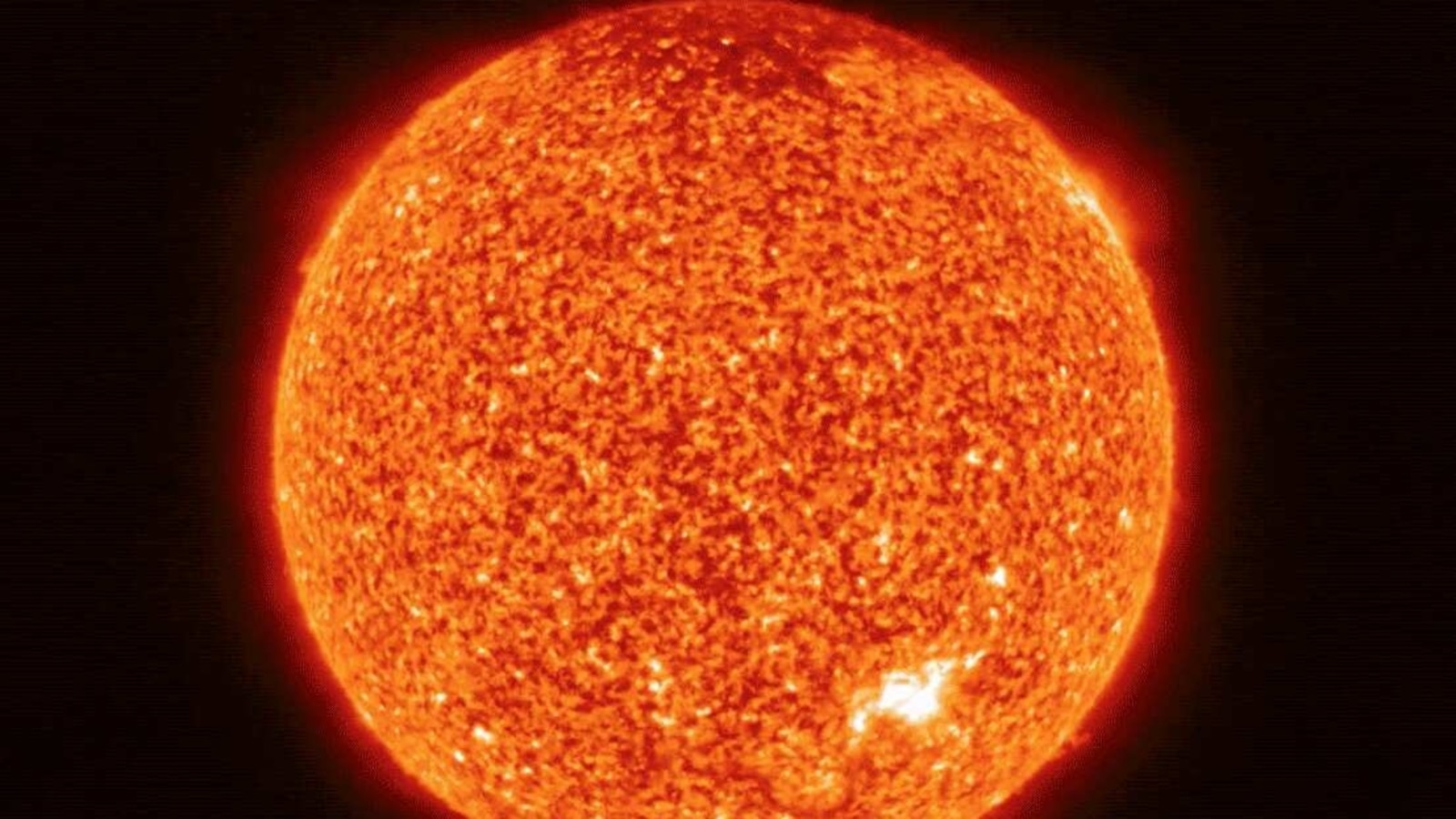
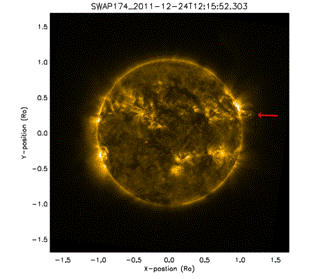

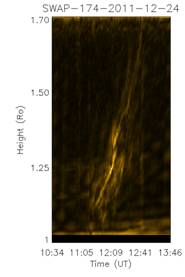
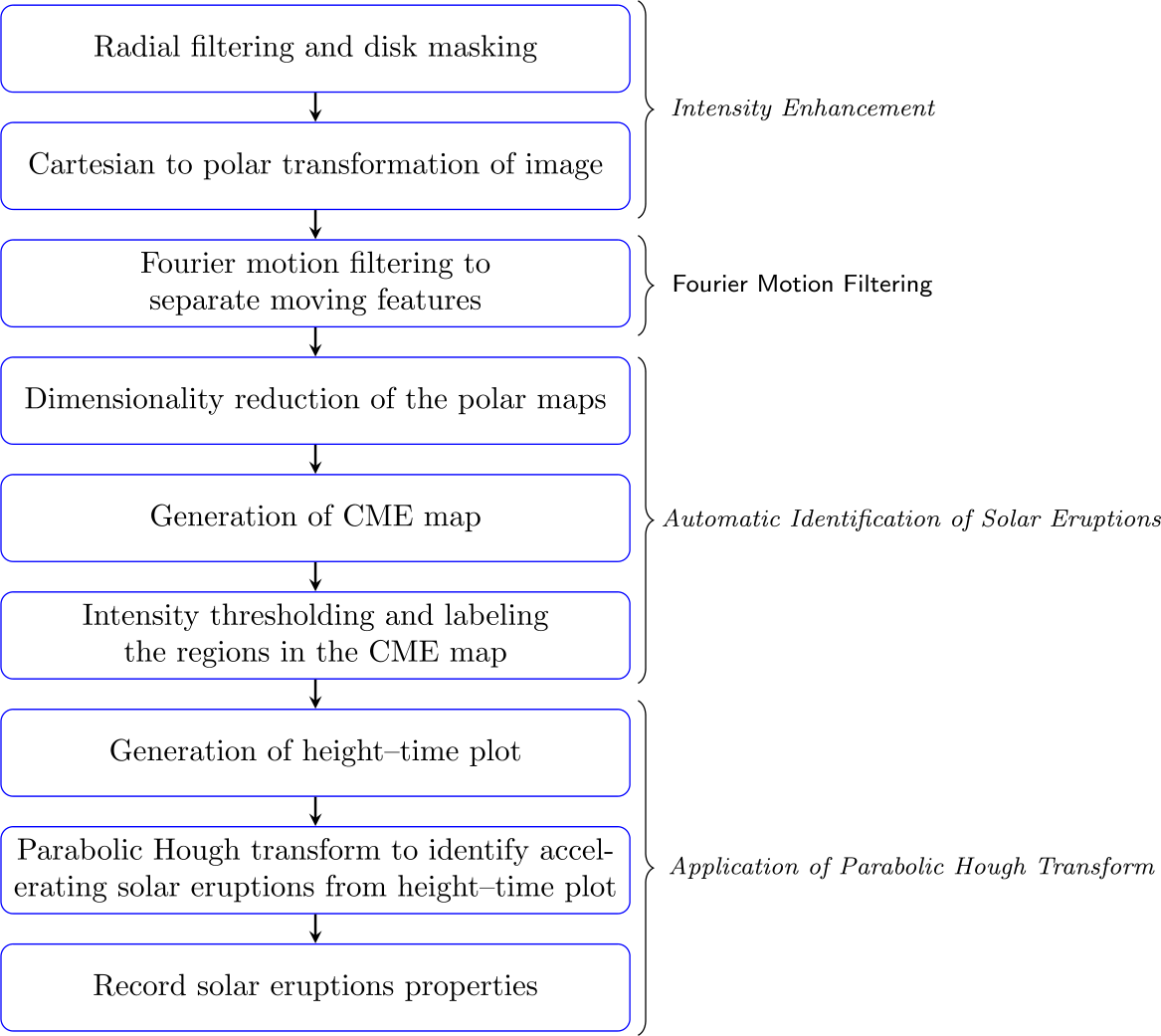
The Isro chief also told TOI that launches of Chandrayaan-3 and Aditya L1 solar missions will happen in the first half of next year as these "missions have a limited and specific launch window within which we have to launch them".
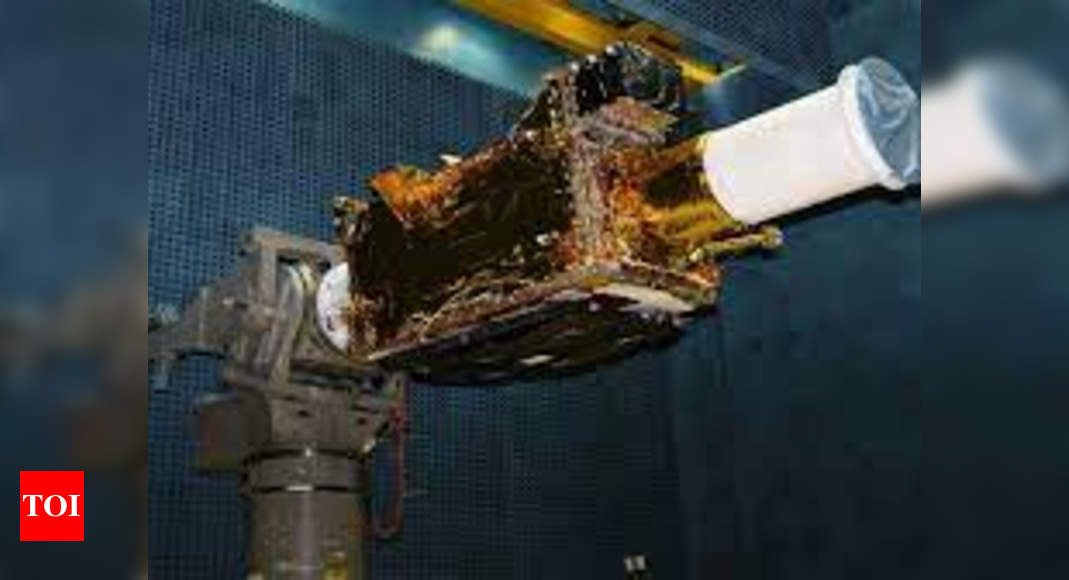
Our Sun, being the primary source of energy for our solar system has a significant influence on our lives, and has always instilled a curiosity in humankind.. Though we have a fairly good understanding of the origin of energy and other various aspects of the Sun, several potentially life-changing phenomena still remain a mystery. Being the nearest star, understanding the Sun also allows us to learn about other distant stars better.
A team of scientists from the Physical Research Laboratory (PRL), Ahmedabad, used observations of the Sun in soft X-rays with Solar X-ray Monitor (XSM) onboard ISRO's Chandrayaan-2 mission during the deepest solar minimum of the past hundred years to learn exciting details about the solar corona. For the first time, absolute abundances of elemental Mg, Al, Si in the quiet solar corona are derived. The team discovered and characterized around 100 “sub-A class” microflares in the quiet corona providing new insight into coronal heating puzzle.Some of these mysteries are related to the hot outer atmosphere of the Sun, known as ‘corona’, which emits profusely in ultra-violet and X-ray wavelengths of the electromagnetic spectrum. We know that the corona consists of ionized gas at temperatures exceeding one million Kelvin, which is much higher than photospheric temperature of 6000 K, the visible surface temperature of the Sun. However, this observation is against the natural expectation that the temperatures should reduce as we go away from the source of energy, and this is known as the ‘coronal heating problem’. From observations, such as the presence of even hotter corona, called active regions above the Sunspots (dark patches seen in visible images of the Sun) where the magnetic fields are known to be stronger, it is suggested that the magnetic fields have an important role in the coronal heating. While there are different theories regarding the actual mechanism, one of these relies on the occurrence of a large number of small solar flares called ‘nanoflares’. Another puzzling observation about the corona is that certain elements are found to have abundances three to four times higher in active regions than in the photosphere. This happens for elements which are easier to ionize, or require lesser energy to ionize. In more technical terms, these elements have their First Ionization Potential (FIP) lower than 10 eV, and hence this phenomenon is generally termed as ‘FIP bias’. The exact reason behind the FIP bias and its origin remains an open question.
The XSM, designed and developed by PRL with support from various ISRO centres, provides measurement of soft X-ray (1-15 keV) spectrum of the Sun. The XSM also supports the quantitative measurements of elemental abundances of the lunar surface using the companion payload CLASS (Chandrayaan-2 Large Area Soft X-ray Spectrometer) developed by URSC, Bangalore, which measures the X-ray fluorescence spectrum from the lunar surface. At present, XSM is the only instrument that provides soft X-ray spectral measurements of the Sun, i.e., measures the intensity of X-ray in different energies over the 1 to 15 keV. More importantly, XSM provides such measurements with very good energy resolution at every second, the highest cadence for any instrument so far.
XSM started observations of the Sun in September 2019, during the period of solar minimum when typically there were very few Sunspots and active regions on the Sun. The solar minimum of 2019-2020 was even more peculiar as the Sun was extremely quiet, and its activity was at the lowest level over the past century. This provided a unique opportunity for XSM to observe the quiet corona without active regions for long periods. The solar X-ray flux as observed by the XSM during this period is shown in the figure. Intervals highlighted with blue color correspond to a period of 76 days when no active regions were present on the solar disk, and XSM was observing the quiet corona.
A remarkable and surprising observation is the detection of a large number (98) of extremely small flares in the quiet corona (see Figure below). These flares are so small that their intensity is well below the standard scale to classify solar flares (i.e. A, B, C, M, and X class flares, where each class is 10 times more intense than previous), and hence these are termed as “sub-A class microflares”. Using the X-ray spectra of these microflares obtained with the XSM and contemporary images in Extreme Ultra-violet obtained with the Atmospheric Imaging Assembly (AIA) of NASA's Solar Dynamics Observatory (SDO), the energy content of these flares could be estimated. This was the first observation and statistical study of such a large sample of microflares in the quiet Sun, supporting the hypothesis of the presence of even smaller scale flares everywhere on the solar corona that could be responsible for the coronal heating.
The X-ray emission over these 76 days, excluding the durations of the microflares, is unusually constant. This is the lowest intensity of X-ray emission observed from the Sun since space-borne observations began. Analysis of the XSM spectra of the quiet Sun, excluding the microflares, provided the measurement of abundances of various elements. The abundances of the low FIP elements Mg, Al, and Si were estimated and found to be lower than the abundances seen in active region corona but higher than that in the photosphere. This is the first report of measurement of abundances as well as reduced FIP bias in the quiet Sun. Our observations of FIP bias in the quiet Sun provides significant inputs towards understanding the FIP bias and suggests that it arises due to the presence of Alfvén waves in the closed magnetic loops.
These outstanding science results on the solar corona and heliophysics obtained during a unique solar extremely quiet period using a sensitive instrument XSM aboard Chandryayaan-2 observations are published in two companion papers in the May issue of the Astrophysical Journal Letters.
Both the Chandrayaan-2 orbiter and the XSM instrument are performing extremely well, and expected to provide many more exciting and new results.

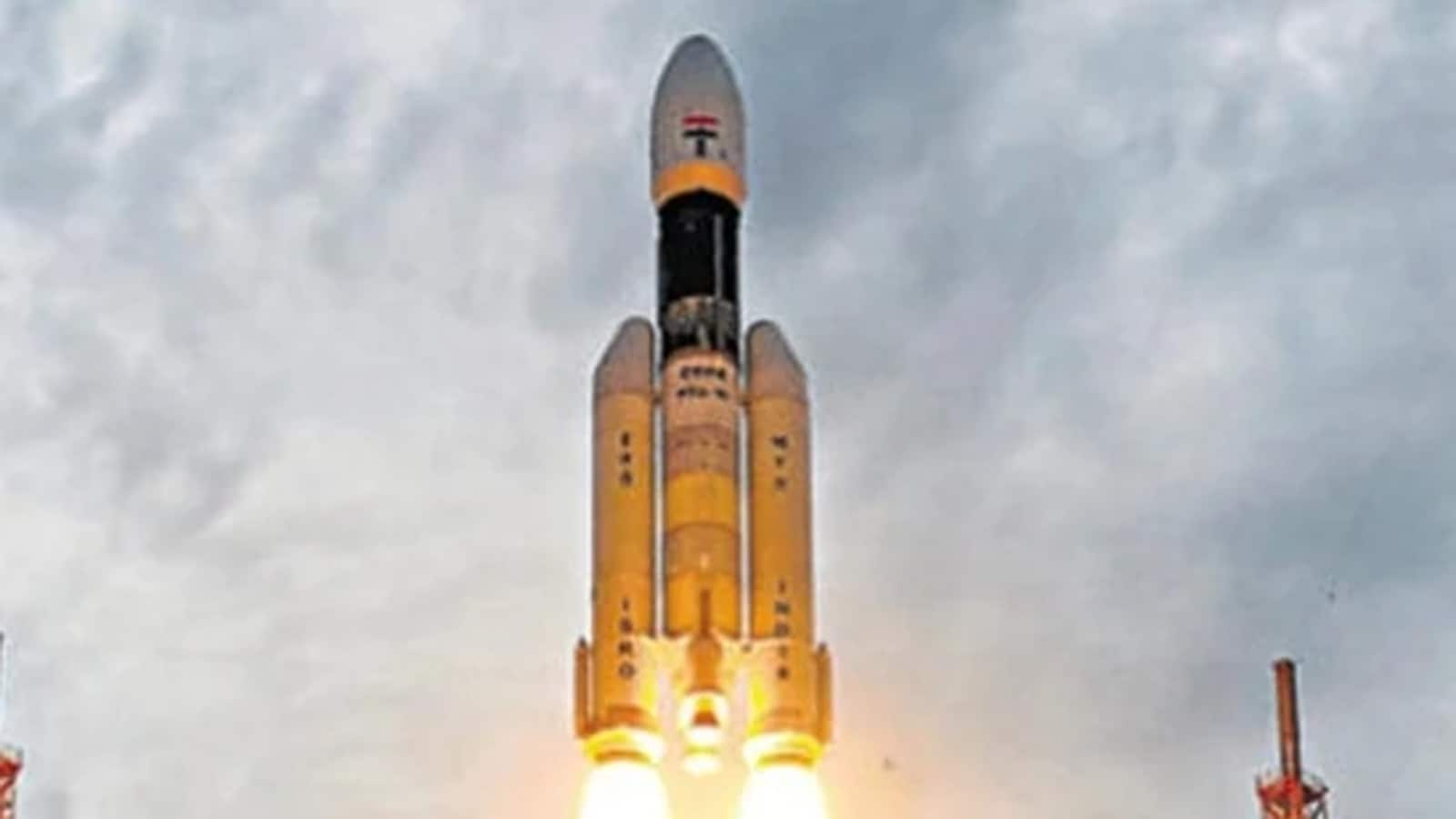
 www.isro.gov.in
www.isro.gov.in

